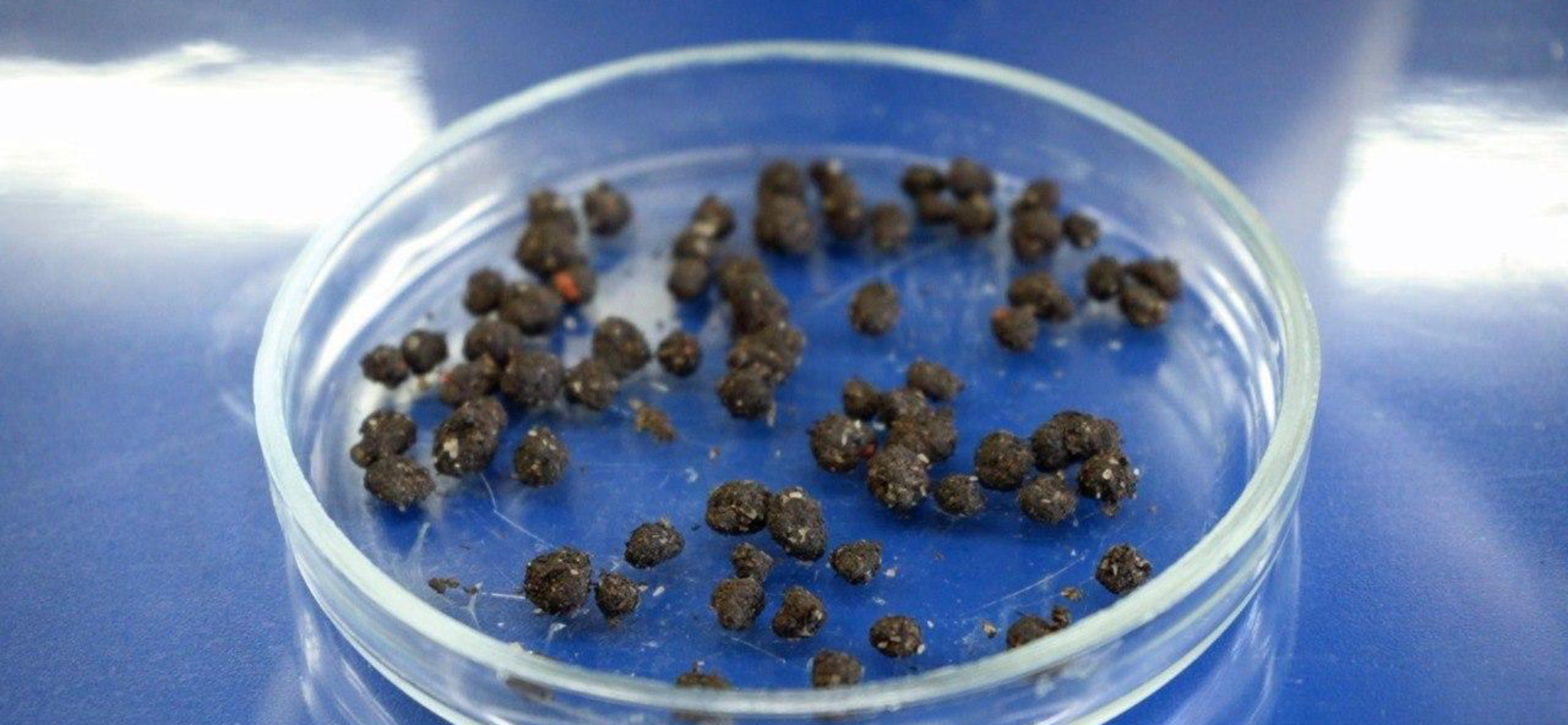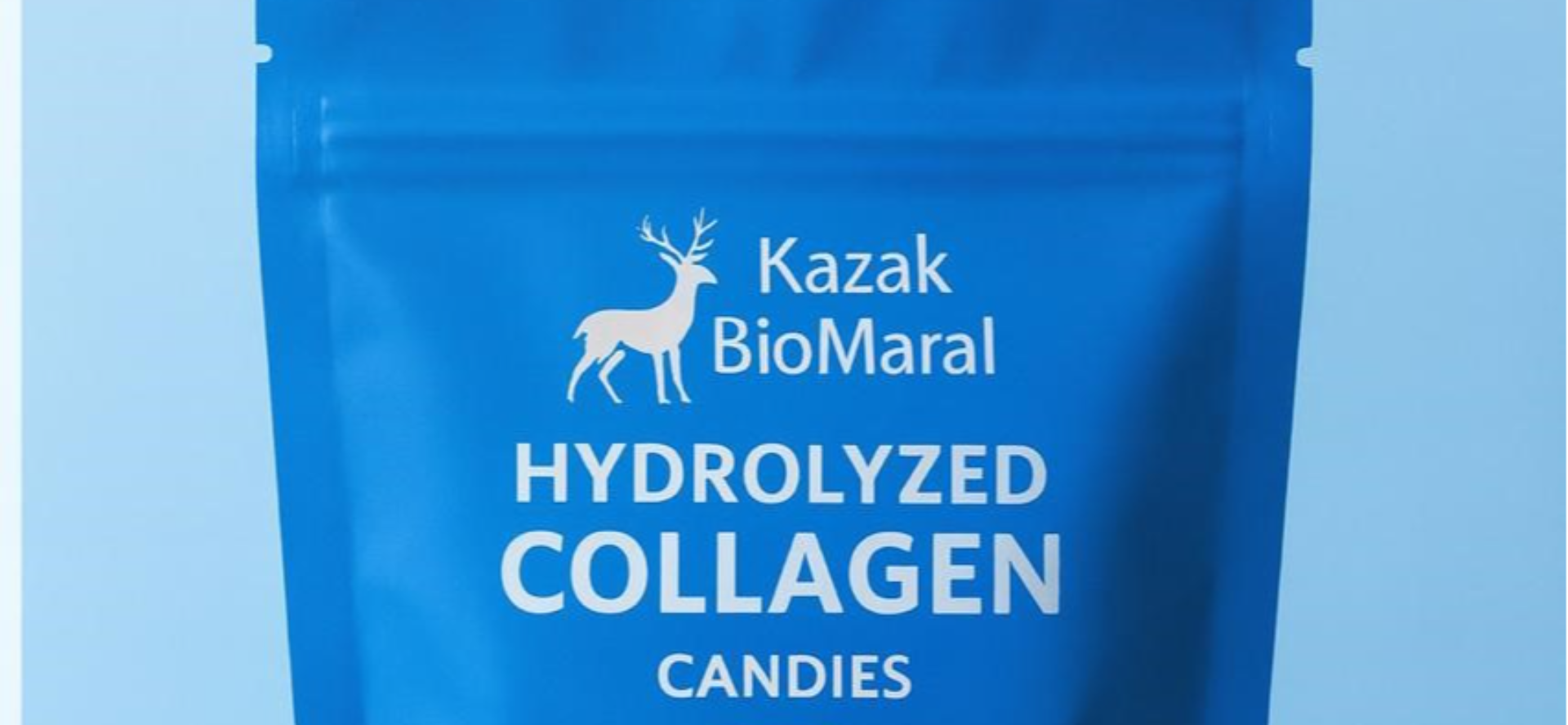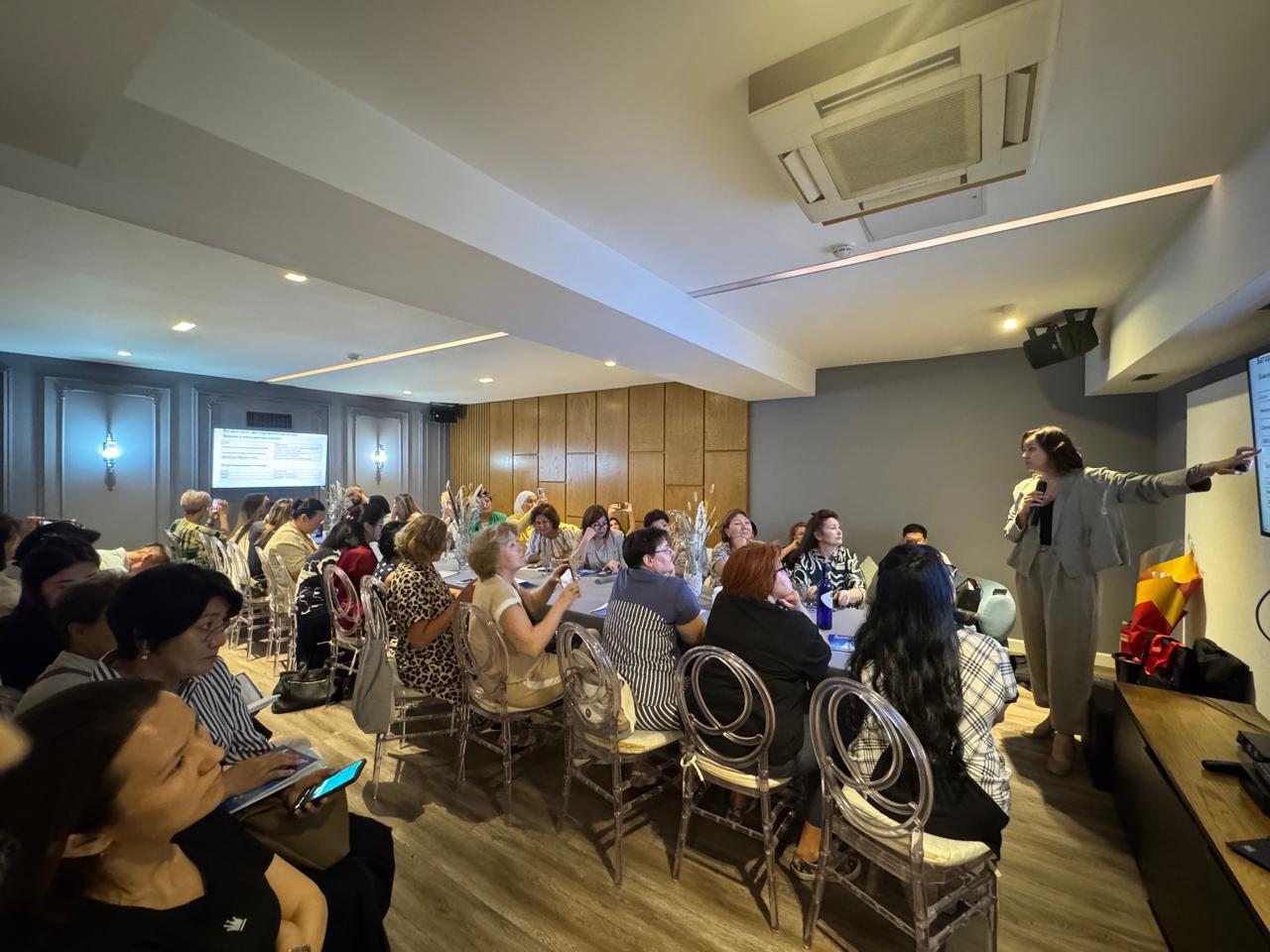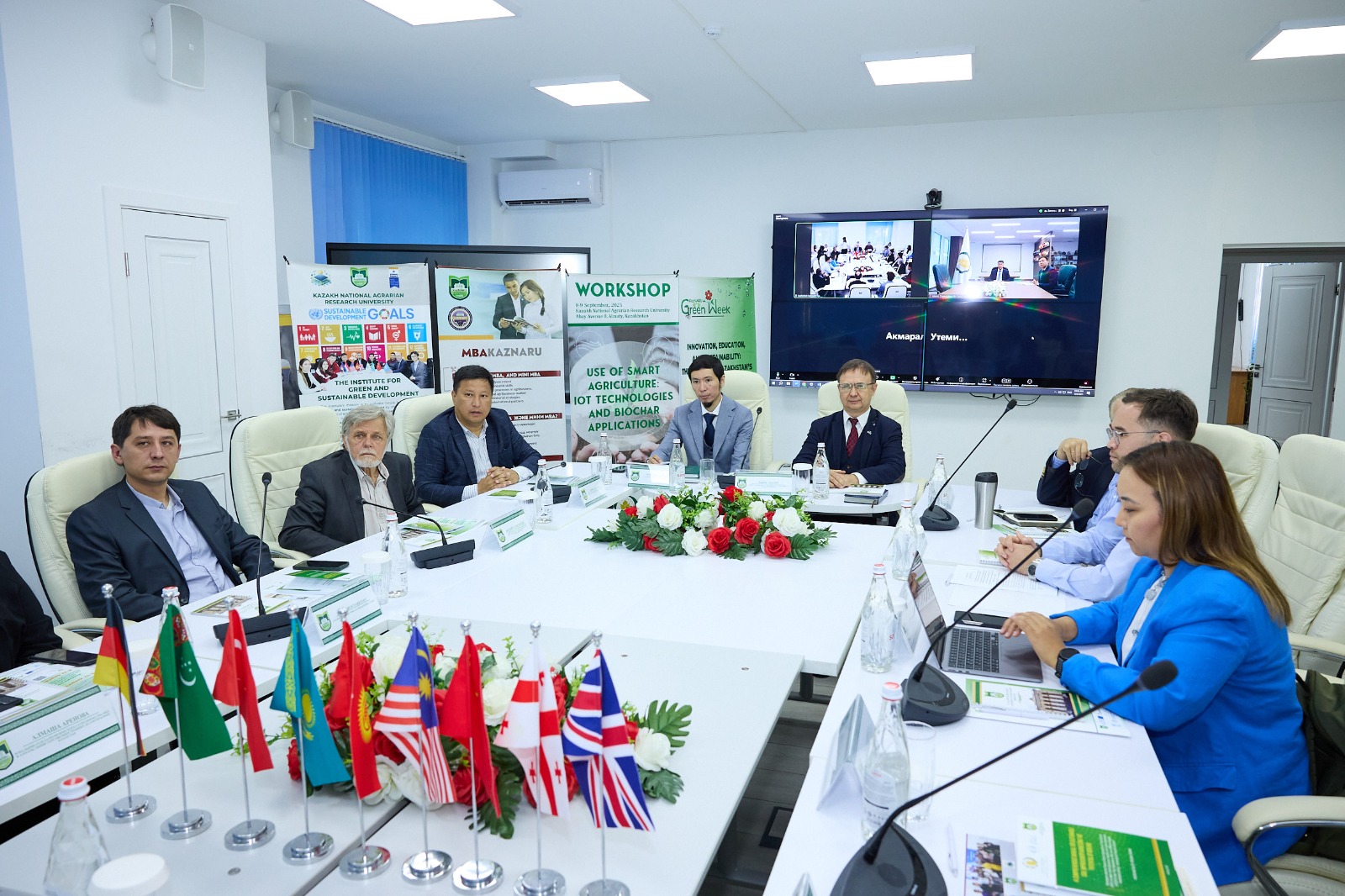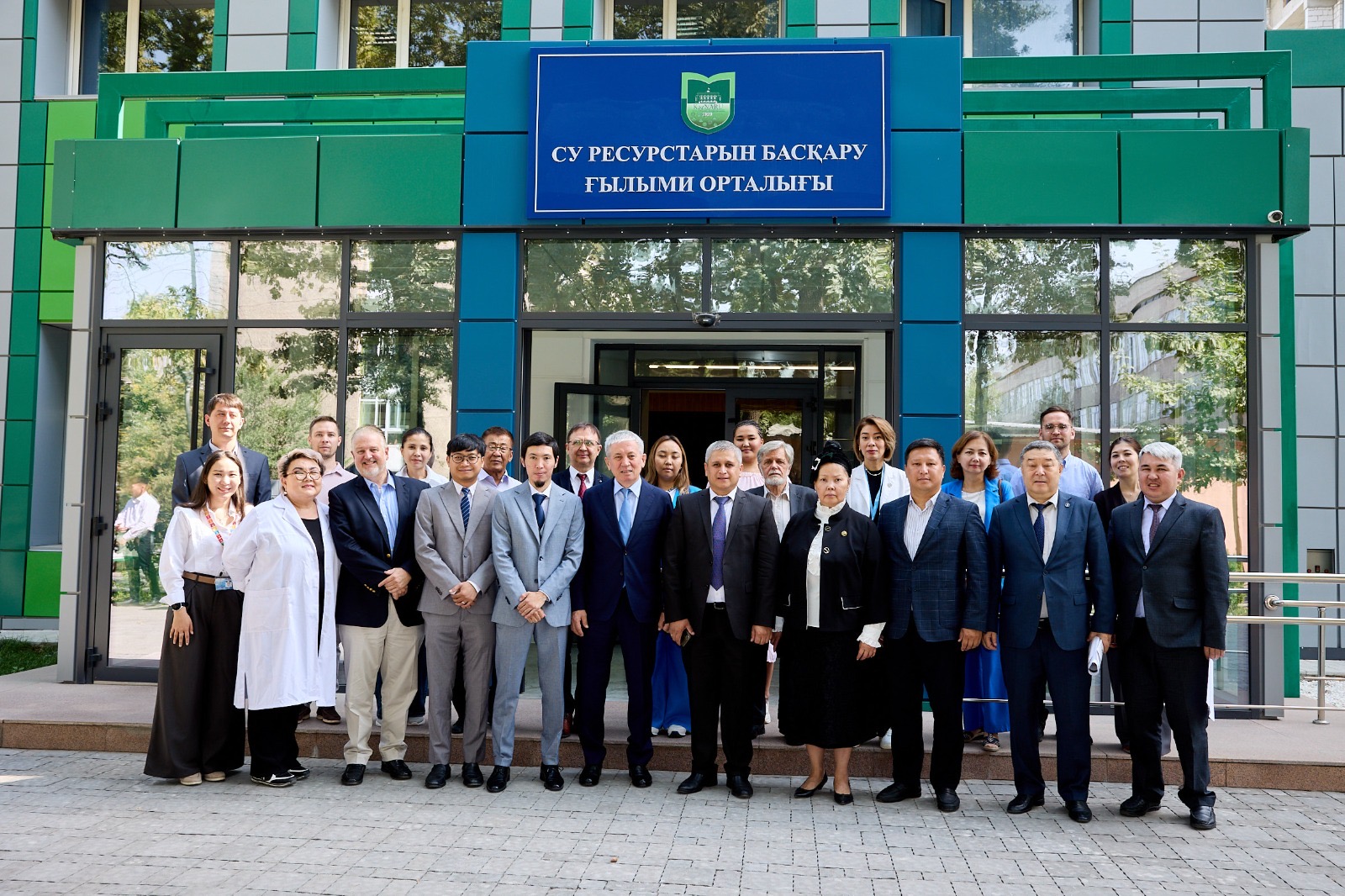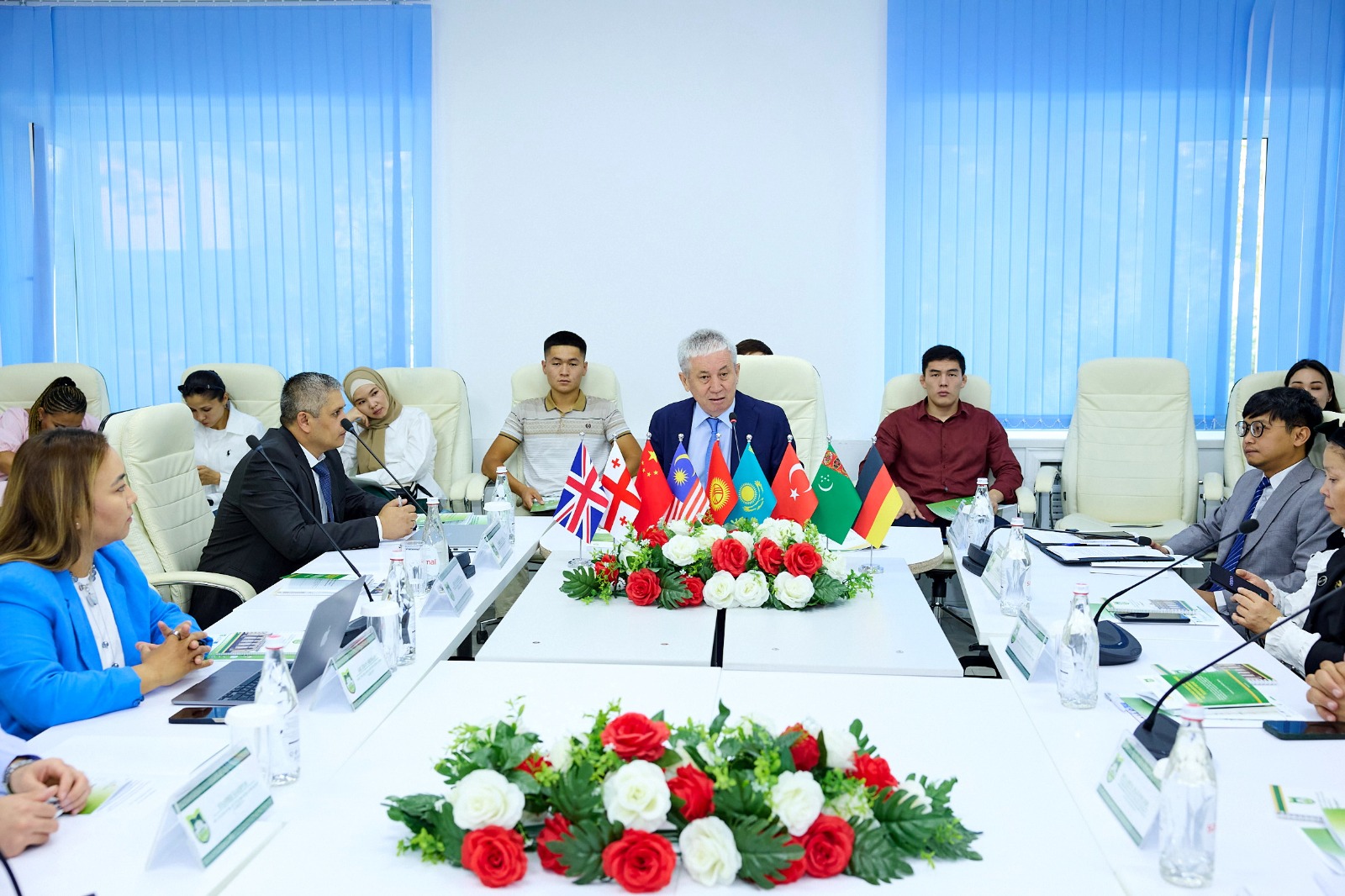An AI-driven educational ecosystem transforming botanical and pharmacognostic training
The rapid advancement of digital technologies and artificial intelligence has opened new opportunities for innovation in medical and pharmaceutical education. At the School of Pharmacy of the Asfendiyarov Kazakh National Medical University, these technological shifts have inspired a groundbreaking initiative—the creation of a Virtual Phytolaboratory designed to modernize the teaching of pharmacognosy and botany. The Department of Pharmacognosy with a Course of Botany is currently developing and implementing this digital environment, which is poised to reshape how students, master’s candidates, and doctoral trainees study medicinal plants and natural biologically active compounds.
The relevance of this project is rooted in growing global interest in virtual learning platforms, simulation-based training, and AI-assisted educational tools. Pharmacognosy, a discipline that relies heavily on laboratory practice, microscopy, morphological analysis, and chemical identification of plant components, has traditionally depended on physical materials and hands-on experimentation. However, the virtual phytolaboratory introduces a new dimension by enabling digital simulations of these processes. Such an approach supports consistent access to learning tools, enhances safety, and allows students to repeatedly practice laboratory skills without material limitations.
The primary objective of the project is to create an immersive, AI-enhanced phytolaboratory capable of simulating pharmacognostic analyses of vitamins, essential oils, cardiac glycosides, and other classes of natural medicinal compounds. To accomplish this, faculty members are identifying core laboratory topics that are most in need of digital transformation, alongside laboratory techniques that can be realistically adapted into virtual modules. This includes analytical procedures, microscopy protocols, macroscopic plant identification, and the study of structural features of medicinal raw materials.
A substantial portion of the current work involves designing and developing virtual modules for 4th- and 5th-year Pharmacognosy courses, with plans for later integration into other pharmacognostic disciplines. These modules incorporate artificial intelligence, digital visualization, and interactive learning tools. Students will be able to explore medicinal plants through 3D models, analyze structural characteristics, observe histological sections, and simulate chemical reactions associated with identifying biologically active compounds. This transformation significantly enhances the learning experience by providing clear, detailed, and repeatable visualizations of complex material.
The project employs an array of advanced technologies, including Notion for digital knowledge management, Airtable for structured botanical databases, Microsoft Power Apps for interactive applications, and animated modules designed to illustrate chemical composition, phytochemical reactions, and pharmacological properties. Additionally, virtual macro- and microscopy tools allow students to observe plants at multiple levels of magnification, replacing or supplementing traditional microscopes. These tools are not only visually engaging but also pedagogically powerful, improving visual and informational memory and strengthening comprehension of large volumes of scientific material.
One of the key advantages of the virtual phytolaboratory lies in its ability to provide safe access to laboratory training. Students can practice experimental techniques without exposure to chemical reagents, fragile equipment, or hazardous procedures. This ensures consistent skill development and minimizes risks associated with laboratory work. The digital environment also supports remote learning, making pharmacognosy education more accessible to distance learners and those conducting independent study.
The implementation plan for the virtual phytolaboratory follows a structured, phased approach designed to ensure stability, pedagogical effectiveness, and long-term sustainability. The first stage involves launching a pilot version of the digital module focused on a single laboratory topic. This allows the development team to assess the functionality of simulations, digital content quality, and the usability of the interface. Following the pilot stage, feedback collection plays a crucial role. Surveys and structured interviews with students and instructors help identify strengths, usability issues, and areas requiring improvement.
The next phase focuses on refining the virtual environment by enhancing navigation, optimizing visual elements, and adding interactive features. After testing and refinement, the project enters the stage of full-scale implementation, where the entire pharmacognosy course transitions to the new digital platform. This integration ensures that students engage with virtual tools throughout all laboratory components. The final stage involves continuous updates, including the addition of new plant species, expanded analytical techniques, and integration of contemporary scientific literature. Such long-term development ensures that the digital laboratory remains current and aligned with advances in pharmacognostic science.
The creation of the virtual phytolaboratory at Asfendiyarov KazNMU represents a forward-looking approach to pharmaceutical education. By combining artificial intelligence, visualization technologies, and modern digital platforms, the project transforms traditional laboratory training into a dynamic, interactive, and accessible experience. As this initiative continues to evolve, it promises to set a new standard for pharmacognosy education in Kazakhstan and beyond, demonstrating how digital innovation can enrich scientific learning while preparing future specialists for the rapidly changing landscape of medical science.






